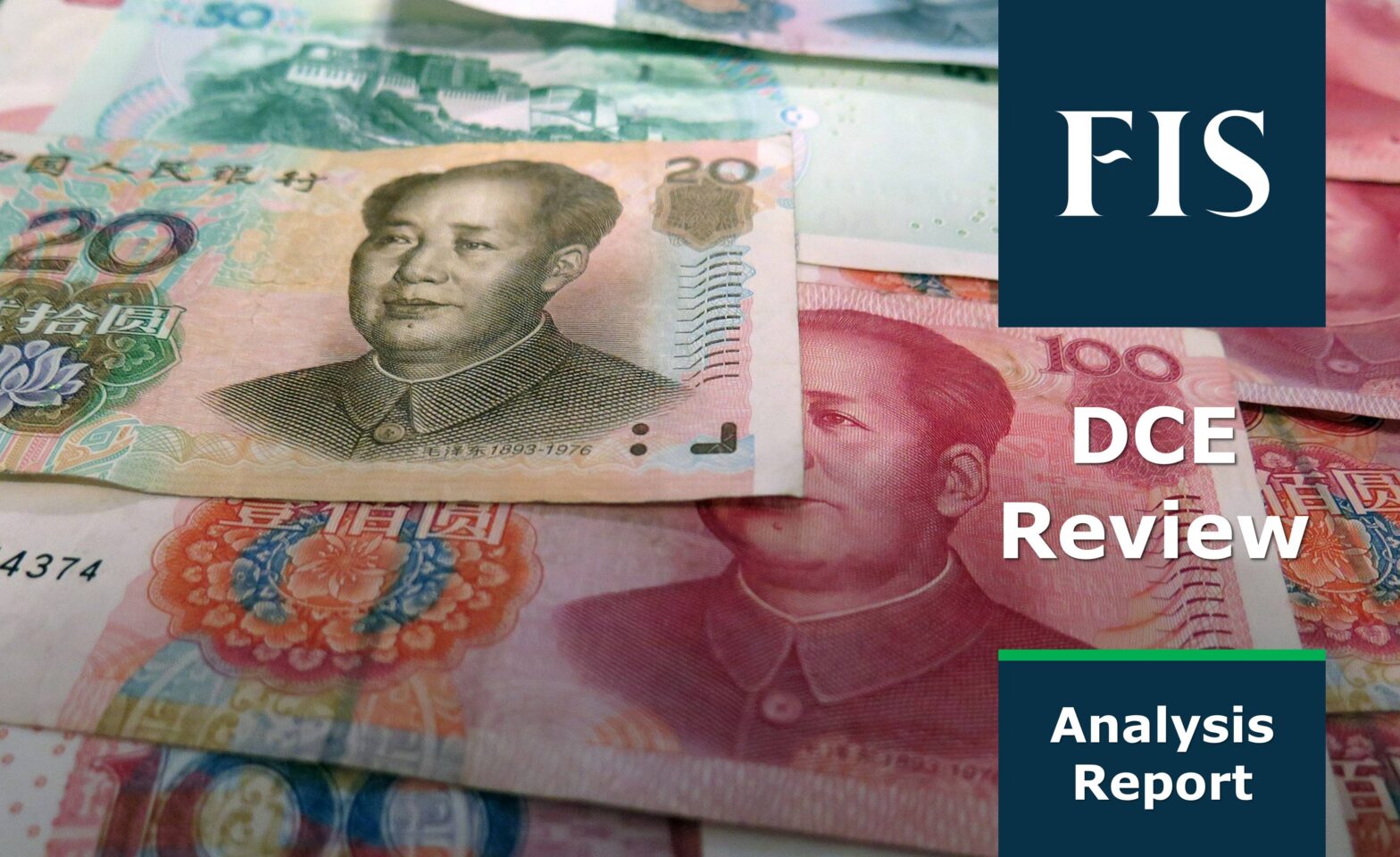Iron ore futures rose on bullish market sentiment over steel demand, amid market concerns over limited supplies due to wet weathers.
The futures of Dalian Commodity Exchange (DCE) for May delivery then hiked by 2.45% day-on-day or up RMB 19.50 to RMB 817/mt, during the day trading session on Monday.
The rebar futures also went up by 1.74% or up RMB 83 to RMB 4,847/mt, during the day trading session.
China aims to increase iron ore production through scrap by 2025
The country’s Ministry of Industry and Information Technology (MIIT) released a statement citing to raise iron ore production and boost utilization of steel scrap, according to media sources.
Under the statement, China aims to cover around 80% of its steel capacity using ultra-low emission reforms by 2025 and gathered more than 300 million mt of steel scrap annually as feedstocks for steelmaking, up 15% from 260 million mt collected in 2020.
To achieve these goals, China-based electric arc furnaces (EAF) is expected to grow to account 15% of the country’s total crude steel production by 2025, as compared to 10% of the total production in 2020.
These plans were part of the green initiatives taken by the Chinese authority for the consolidation and restructuring in the steel sector.
Bullish market sentiments for higher steel prices in post holidays demand
There were some market speculations that the Beijing policymakers may introduce some stimulus infrastructure program or fiscal policy to boost steel demand after the Spring festival holidays.
Domestic steel prices were also expected to rise, as Mysteel expected the prices of rebar and wire rod to increase over the post-Lunar New year period or Feb 7-11, due to the low rebar inventory among steelmakers.
Hence, Mysteel predicted more restocking activities for rebars and iron ores as well, which the latter raw material supplies were in doubt due to lower exports.
According to Mysteel, the total iron ore shipments dropped for the second consecutive weeks by 131,000 mt to 21.5 million mt during the Jan 24-30 period, the lowest shipping volumes since Apr 9, 2021, due to rainy seasons that lowered production and disrupted logistics among producers in Australia and Brazil.
